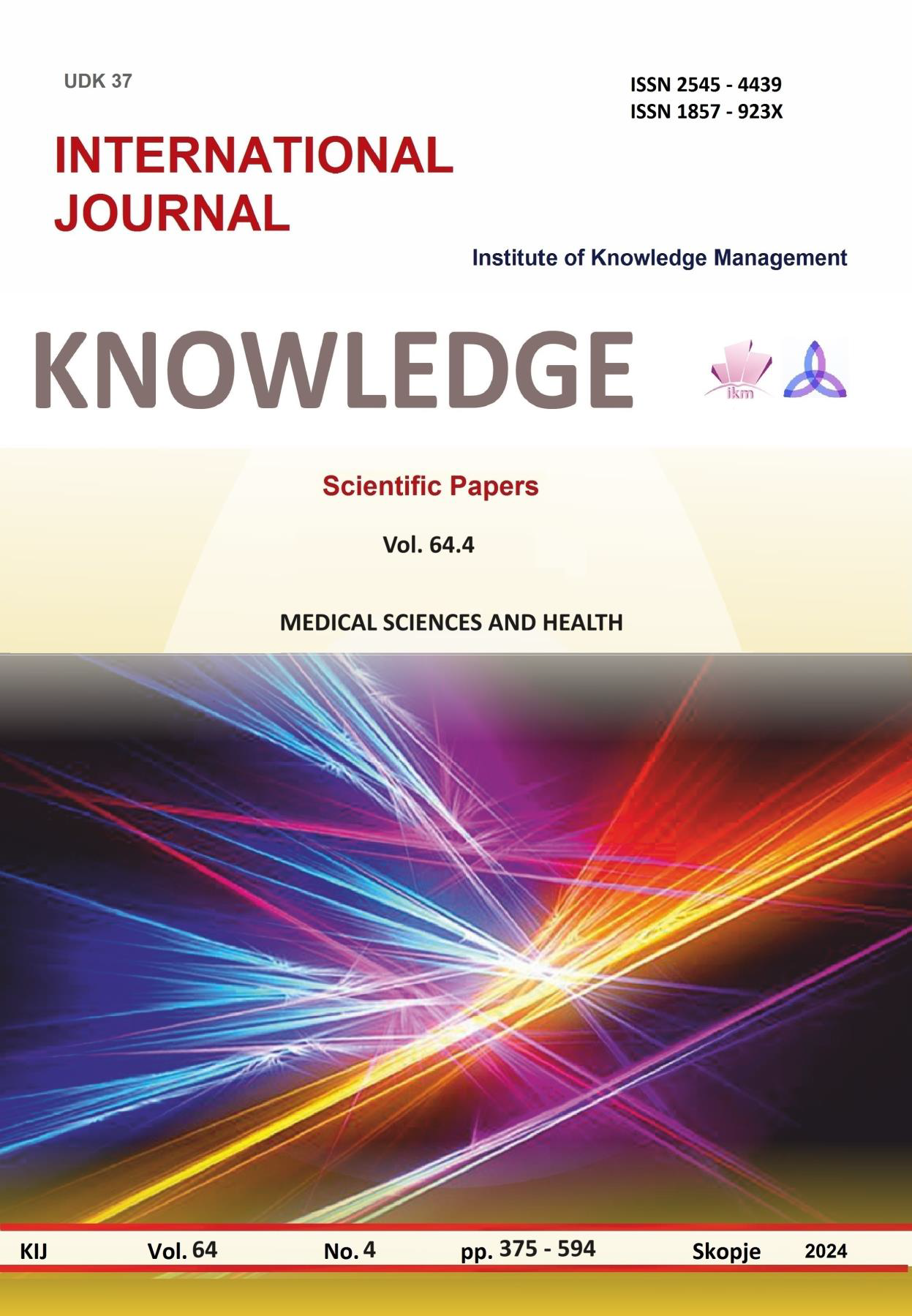NEED FOR TRAINING IN EARLY DEFIBRILLATION WITH AN AUTOMATED EXTERNAL DEFIBRILLATOR (AED) – STUDENT SURVEY
NEED FOR TRAINING IN EARLY DEFIBRILLATION WITH AN AUTOMATED EXTERNAL DEFIBRILLATOR (AED) – STUDENT SURVEY
Author(s): Kristina Zaharieva, Tatyana Atanasova, Teodora Nedeva, Ognian SherbanovSubject(s): Vocational Education, Health and medicine and law
Published by: Scientific Institute of Management and Knowledge
Keywords: automated external defibrillation;cardiopulmonary resuscitation;cardiac arrest
Summary/Abstract: Cardiac arrest is a rare but life-threatening condition in which, if not responded to promptly and adequately, full recovery of vital functions is impossible, and in a high percentage of cases, individuals do not survive. It has been proven that the primary measures for survival after cardiac arrest boil down to competent and rapid application of cardiopulmonary resuscitation and automated external defibrillation. Any person worldwide can save a life if they have good theoretical and/or practical knowledge and skills to react in such a critical situation. The ability to apply automated external defibrillation quickly and in a timely manner is extremely important. The aim of this scientific report is to investigate the awareness of respondents about the need for training in early automated external defibrillation. Training programs provide information to trainees about the essence of cardiac arrest, methods of cardiac, pulmonary, and cerebral recovery, and about automated external defibrillation. A survey was conducted among 127 students majoring in Medical Assistant, Kinesiotherapy, Medical Nursing, and Midwifery in the period of April-May 2023. The questionnaire included questions about the respondents' awareness of the functions of the automated external defibrillator, their availability in public places, training in early automated external defibrillation, and symptoms of cardiac arrest. The data from the survey show that 1/4 of the respondents have no information about the functions of the automated external defibrillator; 1/3 do not have information about the location of automated defibrillators in public places; 1/3 have no information about training in early automated external defibrillation; 93% of the participants claim that mass training of the population on how to use an automated external defibrillator is necessary, and 94% report that they have the necessary knowledge to be part of a team conducting training for the proper use of the automated external defibrillator. Conclusion: Theoretical knowledge and practical skills acquired through training on the use of automated external defibrillators will ensure early recognition of cardiac arrest and the performance of adequate life-saving measures. The application of automated external defibrillators in such conditions is crucial for survival and the minimization of severe complications in patients.
Journal: Knowledge - International Journal
- Issue Year: 64/2024
- Issue No: 4
- Page Range: 429-433
- Page Count: 5
- Language: English

